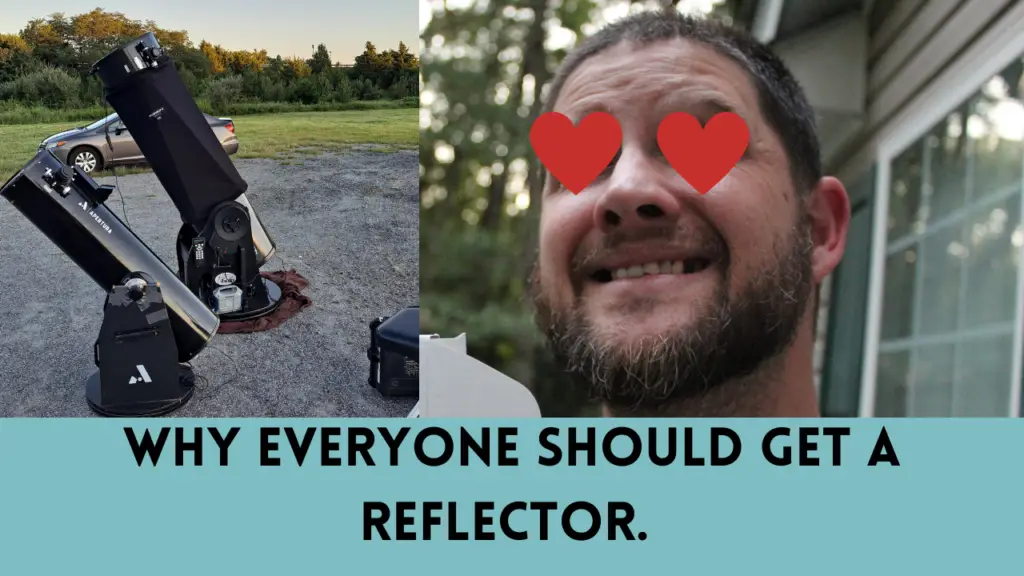
Every beginner should start out with a Dobsonian mounted Newtonian reflector. These telescopes allow you to see deep into space, they are intuitive to use, they are sturdy and can be used for years to come. Now, I know that there are pros to refractor telescopes, but for a beginner I can only recommend a…